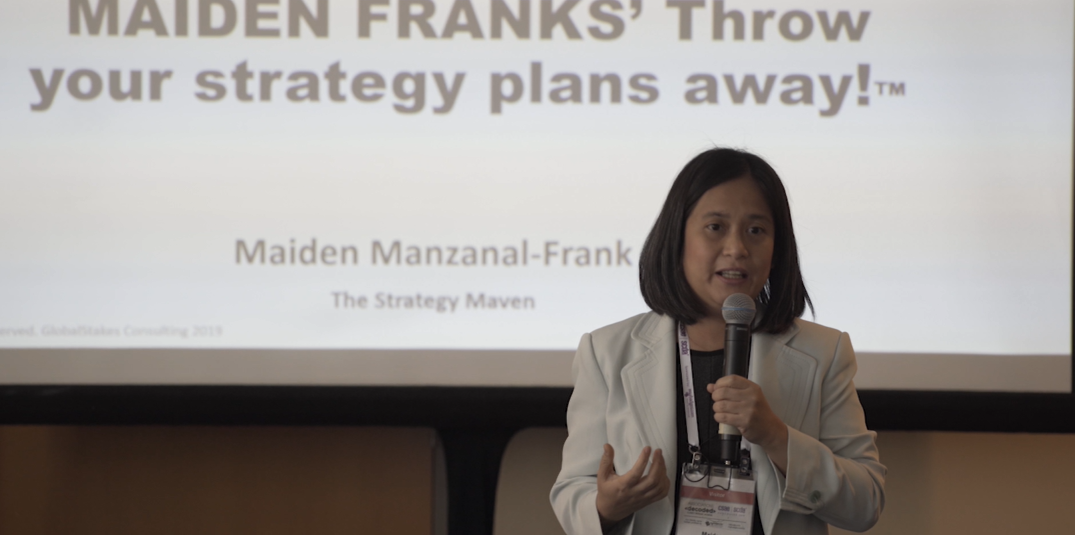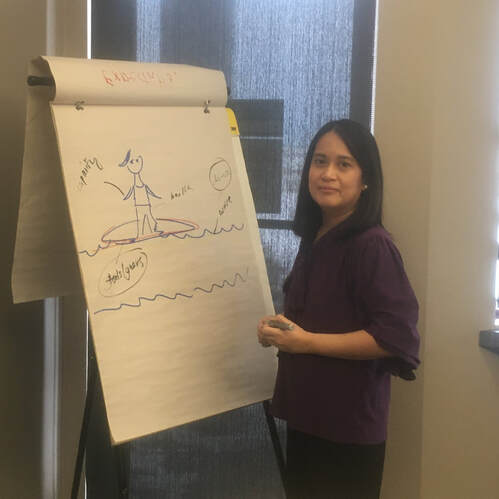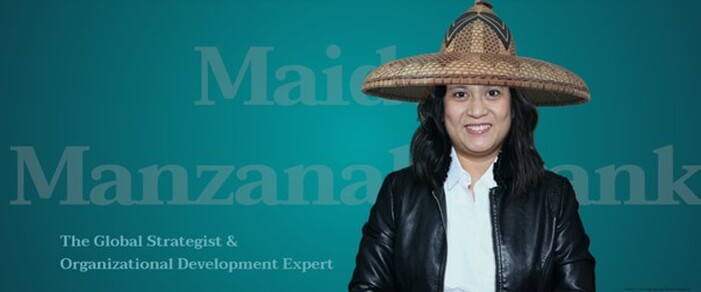Archives
April 2024
Categories
All
|
Back to Blog
KNOCK KNOCK AI4/8/2024 AI who? Artificial Intelligence? No, its Anti-Intellectual. There is a hype on AI and anything AI. Those people that are not into AI or tech by profession are suddenly AI experts. Most of the conference themes are focus on AI and Machine Learning in various trades. Almost all of the industries or sectors are bracing the impacts of AI and what changes it might force them to make and what would be the risks/benefits for early adoption. I consider myself an AI novice but I pay attention to what is not being said about AI. A year ago, some of my students cheated on their essays using some ideas from ChatGPT and passed them as their own. It wasn't a pleasant experience but it's all lessons learned. Using ChatGPT for academic purposes should be girded with guidelines or rules or else there's no distinction between real scholarly work and getting Google to do all the job for you. We live in precarious times where ethics and integrity take a second fiddle over growth, success, and worldwide domination. I fear that this AI hype will only fuel ignorant adherence that will create more mistakes and misapplications in many sectors. We all need to study more and ask better questions. There is no shortcut with an emerging technology such as this.
0 Comments
Read More
Back to Blog
PRE-MEDITATED NOTIONS2/26/2024 I used to respond to Request for Proposals. Not anymore. No way Jose. I call them: Pre-meditated Solutions Pre-conceived Notions Pre-pared Frameworks Pre-planned Realities Well, to tell you the truth: These RfPs: Do not conform to real-life situations, experiences, and delivery practicalities. They are developed by a bunch of staff sitting on their desks all day and doing the charts, formula, and frameworks they have studies/learned in their sector. They usually have a consultation team that favors bureaucratic processes and practices rather than getting the best candidate for the job. They focused many times on the money factor, Eg. Value for Money as if money/costs are all to this. It's like a vacuum. Nobody knows what happened to these ideas and insights. For all you know, these ideas are suggested to the chosen candidate. Much of the proposals are responded to by those who have actual relationships with the organizations tendering these. If you don't have a foot nail on the door, don't even try. Waste of time. There is power balance. It's all rigged to the issuing organization. They can cancel anytime, take 1-2 candidates that they liked, and the scoring system is prejudicial to their own biases and preferences which have no bearing on reality. In short, it's not fair, equitable, and just.
Back to Blog
OWNERSHIP7/31/2023 I have been busy teaching over this summer. One of the things I noticed in terms of real learning is that the student or the learner must take learning seriously for it to take place. With ChatGPT and AI-generated content, students are being spoon-fed with information that is not curated, appropriate, and generalized to mean anything that could be suitable for their own use. The detection is simply a matter of finding if the language is sophisticated, the grammar is flawless, and the text sounds repetitive and when compared with other submissions, they all sounded the same. It is pathetic that we are producing a bunch of new graduates that relegated thinking to automation. There are many wonderful things that ChatGPT can do to aid in learning but replacing critical thinking skills is the worst side effect of all. Universities, colleges, and academic institutions must have a company-wide policy as to what the students can't do with AI because it will harm their learning and because it is ubiquitous, it is easy to resort to this device. If students are ignorant as to the sources, limitations, and stupidity of automated content, they can easily use it not knowing that they are selling themselves short and becoming part of the automated herd. Back in the 80s, learning was traditional and non-modern, but it worked for me. Computers came in the 90s and early 2000s donated from the US but we didn't bother learning more than what was expected. The Internet opened up a lot of doors in the early 2000s for learners but we were still pretty much into books and published materials. I can still recall some of the learning in the classroom during my first Masters when we would discuss issues in the class through the use of argumentation and debate. Thinking about this for my daughter gives me concern for her future. As a society, while this technology is nascent and there are still imperfections yet, we should start building an ethical and governance policy for the use of this technology that will ensure the younger generation does not see it as an easy way out and not even an answer to their schooling/academic requirements and obligations. We should regulate the developers to the point that future developments do not create more risks for human consumption in areas where it can subvert or undermine human evolution. Risks assessments should be part and parcel of any policy pertaining to this technology. We should own this technology and not own us. We should start delineating its boundaries and restricting its use for greater social benefit and not accelerate intellectual societal decay. |
 RSS Feed
RSS Feed


